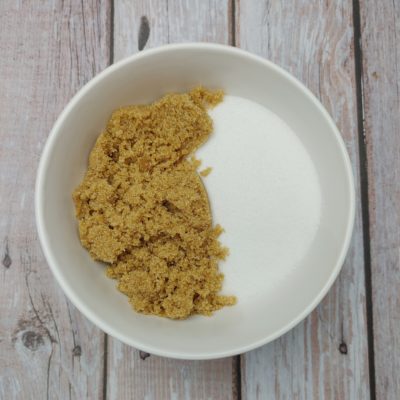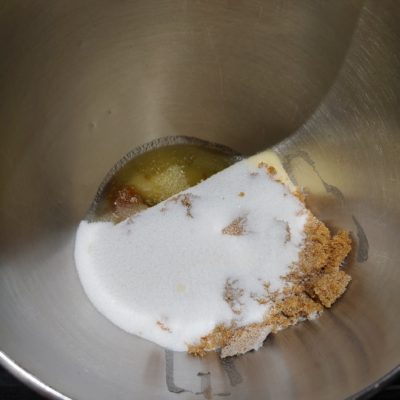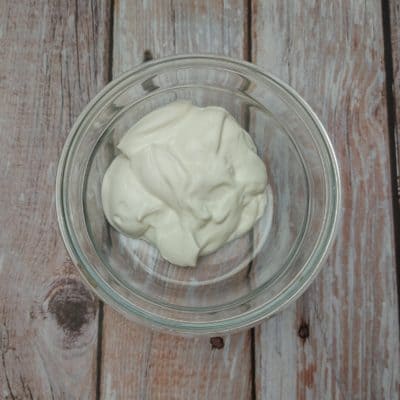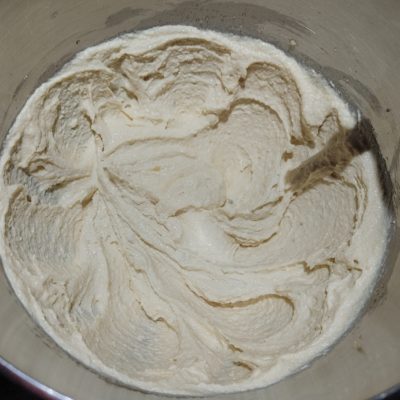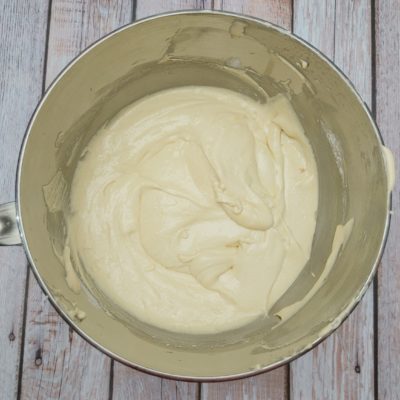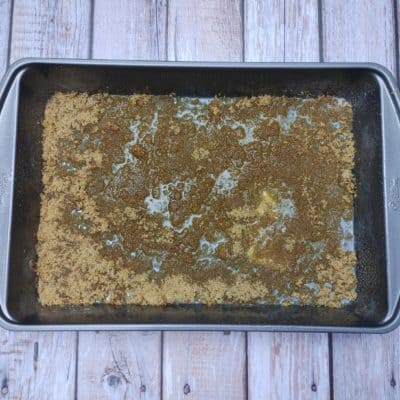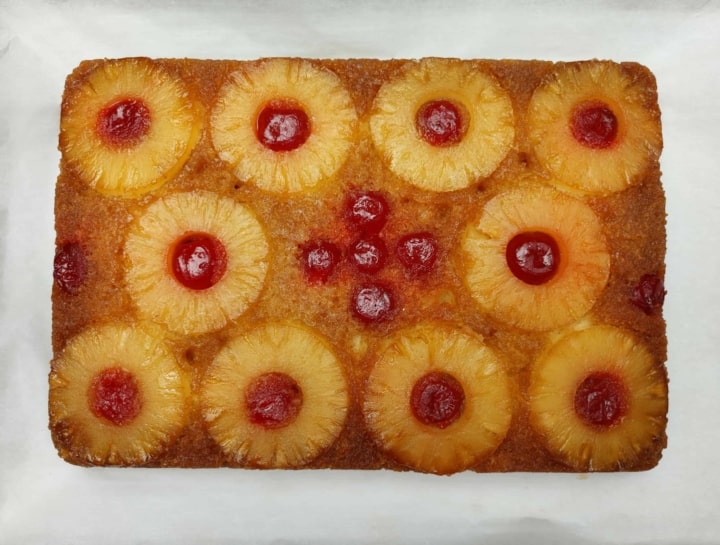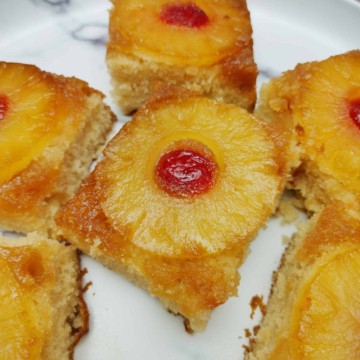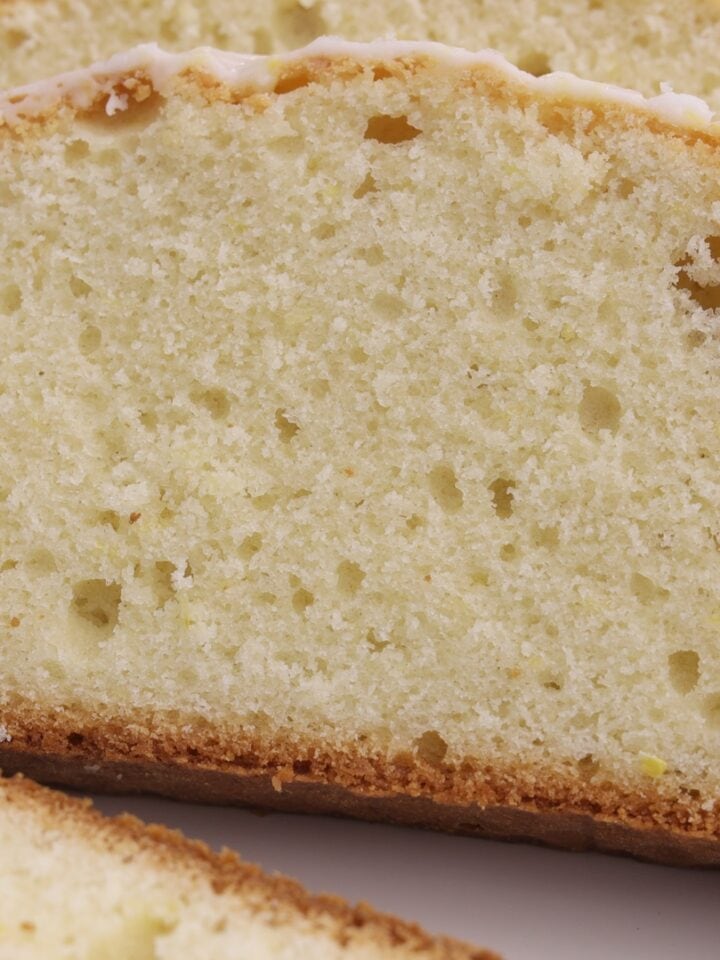Besides being easy, this Pineapple Upside Down Cake recipe is a delight for every occasion. Pineapples and Maraschino cherries are the stars here, topping a moist, rich cake with just the right amount of sweetness; the combination is hard to resist!😋
Serve the Pineapple upside-down cake with vanilla ice cream or whipped cream for a sophisticated dessert. For More Tasty Desserts, check out this Cherry Upside Down Cake, Cherry Galette, Orange Sheet Cake, and Old Fashioned Cranberry Cake.
How to Make Pineapple Upside-Down Cake
Note: The full instructions are provided in the recipe card below.
Adjust the oven rack to the middle position and heat the oven to 350 degrees F—Pour 4 tablespoons of melted butter into a (1) 9 by 13 nonstick rectangle cake pan, tilting to coat the bottom and sides.
Whisk 1 cup light or brown sugar, 1 teaspoon cornstarch or tapioca starch, and 1 teaspoon pure vanilla extract in a small bowl, then sprinkle evenly over the melted butter.
Pat the pineapple and cherries dry with paper towels, then arrange pineapple slices on brown sugar. Place cherry in the center of each pineapple slice, and arrange remaining cherries; press gently into brown sugar.
Set aside the flour and baking powder in a large bowl.
Place the ¼ cup avocado oil, 1 stick unsalted butter, ¼ teaspoon kosher salt, 1 cup granulated sugar, 1 tablespoon vanilla extract, and ½ cup light brown sugar in the bowl of a stand mixer fitted with the paddle attachment.
Beat on medium speed for about 3 minutes.
Beat in the eggs and egg yolk one at a time, ensuring they emulsify completely with the butter mixture. Reduce the mixer speed to low, scrape the bowl and beater, add ½ of the dry ingredients, add the pineapple juice, and beat until it is just combined.
Next, add the remaining flour mixture and the sour cream and beat on low speed until combined. Do not overmix the batter! Using a rubber spatula, fold it all by hand to ensure no lumps at the bottom of the bowl.
Pour batter over the cherries in the pan and smooth the top with a rubber spatula. Bake the Pineapple Upside-Down Cake until deeply golden brown and a toothpick inserted in the center comes out clean, 40 to 50 minutes.
Let the cake cool in the pan on a wire rack for 5 minutes. Run a knife around the pan's edge to loosen the pineapple upside-down cake's sides, then invert the cake onto a serving platter.
Discard parchment paper. Let the cake cool for at least 1 hour. Serve warm or cool, or store covered in the refrigerator for up to 3 days.
Related Recipes:
Recipe
Easy Pineapple Upside Down Cake
Tools
Ingredients
For the Pineapple Upside Down Cake:
- 250 g (2 cups) all-purpose flour
- 1 tablespoon baking powder
- ¼ teaspoon kosher salt
- 60 ml (¼ cup / 4 tablespoons) avocado oil, grapefruit oil, or vegetable oil
- 113 g (1 stick/ 8 tablespoons) unsalted butter softened at room temperature
- 1 cup granulated sugar
- ½ cup light brown sugar
- 3 large eggs , room temperature
- 1 egg yolk , room temperature
- 6 tablespoons pineapple juice (from the juice reserved), at room temperature
- 6 tablespoons Sour Cream (full-fat), plain whole milk yogurt, full fat evaporated milk, sour cream or whole milk, room temperature
- 1 tablespoon pure vanilla extract
For the Topping:
- ¼ cup unsalted butter , melted
- 200 g (1 cup) packed light or dark brown sugar
- 2 teaspoons pure vanilla extract
- 1 teaspoon cornstarch or tapioca starch ,optional
- 1 (20 oz) canned pineapple slices in 100% juice, drained, juice reserved.
- 1 jar (6 oz) maraschino cherries without stems, drained
Instructions
- Adjust the oven rack to the middle position and heat the oven to 350 degrees F—Pour 4 tablespoons of melted butter into a (1) 9 by 13 nonstick rectangle cake pan, tilting to coat the bottom and sides.
- Whisk 1 cup light or brown sugar, 1 teaspoon cornstarch or tapioca starch, and 1 teaspoon pure vanilla extract together in a small bowl, then sprinkle evenly over the melted butter.
- Pat the pineapple and cherries dry with paper towels, then arrange pineapple slices on brown sugar. Place cherry in the center of each pineapple slice, and arrange remaining cherries; press gently into brown sugar.
- Sift together the flour and baking powder in a large bowl; set aside. Place the ¼ cup avocado oil, 1 stick unsalted butter, ¼ teaspoon kosher salt, 1 cup granulated sugar, 1 tablespoon vanilla extract, and ½ cup light brown sugar in the bowl of a stand mixer fitted with the paddle attachment and beat on medium speed for about 3 minutes.
- Beat in the eggs and egg yolk one at a time, ensuring they emulsify completely with the butter mixture. Reduce the mixer speed to low, scrape bowl and beater and add ½ of the dry ingredients, and add the pineapple juice and beat until just combined.
- Next, add the remaining flour mixture and the sour cream and beat on low speed until just combined. Do not overmix the batter!
- Using a rubber spatula, fold it all by hand to ensure no lumps at the bottom of the bowl. Pour batter over the cherries in the pan and smooth the top with a rubber spatula.
- Bake the Pineapple Upside-Down Cake until deeply golden brown and a toothpick inserted in the center comes out clean, 40 to 50 minutes. Let the cake cool in the pan on a wire rack for 5 minutes.
- Run a knife around the pan's edge to loosen the cake's sides, then invert the cake onto a serving platter. Discard parchment paper. Let the cake cool for a least 1 hour. Serve warm or cool—store covered in the refrigerator for up to 3 days.
Notes
All nutritional information is based on third-party calculations and is only an estimate. Each recipe and nutritional value will vary depending on the brands you use, measuring methods, and portion sizes per household.

